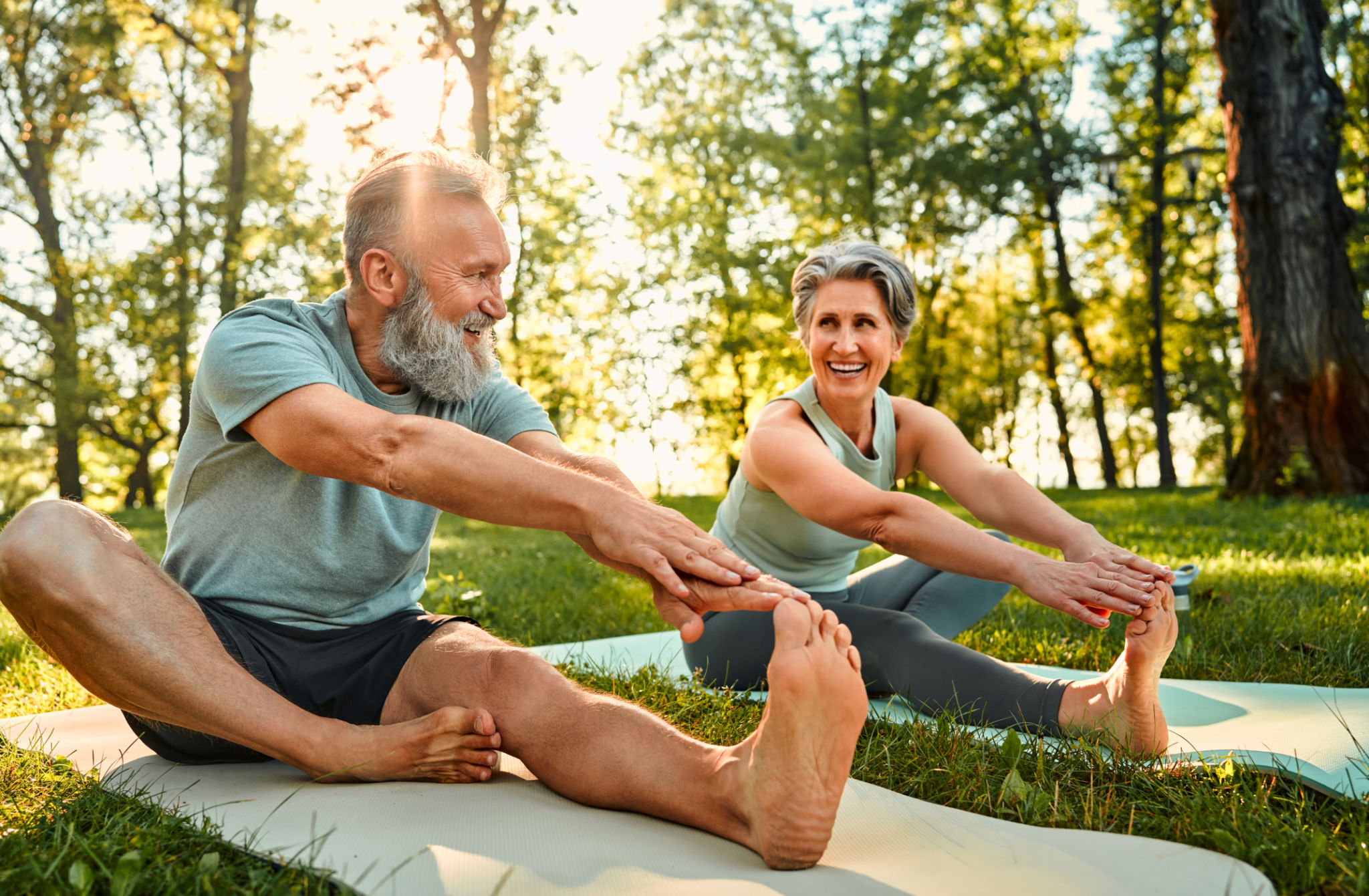Common Misconceptions About Senior Fitness and How to Overcome Them
Understanding the Truth About Senior Fitness
As we age, maintaining fitness becomes increasingly important. However, there are numerous misconceptions surrounding senior fitness that can deter older adults from engaging in physical activity. Understanding and overcoming these myths is crucial for enhancing health and wellbeing in later years.

Myth 1: Exercise is Too Dangerous for Seniors
One of the most common misconceptions is that exercise is inherently risky for seniors. While caution is necessary, avoiding physical activity altogether can lead to more harm than good. In fact, regular exercise can help reduce the risk of chronic diseases, improve balance, and enhance overall quality of life.
To overcome this myth, seniors should start with low-impact exercises such as walking, swimming, or yoga. Consulting with a healthcare professional can also help tailor an exercise program that is both safe and effective.
Myth 2: It's Too Late to Start Exercising
Another widespread belief is that beginning an exercise routine in later life won't yield significant benefits. However, research shows that it's never too late to start improving your fitness level. Even those who begin exercising in their 60s or 70s can experience substantial health improvements.
The key to overcoming this misconception is to set realistic goals and gradually increase activity levels. Celebrating small victories along the way can boost motivation and commitment.

Myth 3: Seniors Should Only Do Light Activities
Many people believe that older adults should limit themselves to only light activities. While it's true that seniors should avoid overexertion, incorporating strength training and moderate cardiovascular exercises can significantly enhance muscle mass and cardiovascular health.
A balanced fitness routine for seniors might include a mix of aerobic exercises, strength training, and flexibility workouts. Under professional guidance, seniors can safely engage in more challenging activities as well.
Myth 4: Pain During Exercise is Normal
Some seniors might think that experiencing pain while exercising is a natural part of aging. However, pain is often a sign that something isn't right. Understanding the difference between discomfort and pain is essential for preventing injuries.
If pain occurs, it’s important to stop the activity immediately and consult with a healthcare provider. Adjusting the type or intensity of exercise can often alleviate discomfort and make fitness more enjoyable.

Embracing a Healthier Lifestyle
Overcoming misconceptions about senior fitness requires education and encouragement. By debunking these myths, seniors can embrace a more active lifestyle that enhances their physical and mental health.
Remember, the journey to fitness in later years is about finding activities that are enjoyable and sustainable. Seeking support from community programs or fitness groups can provide motivation and companionship along this journey.